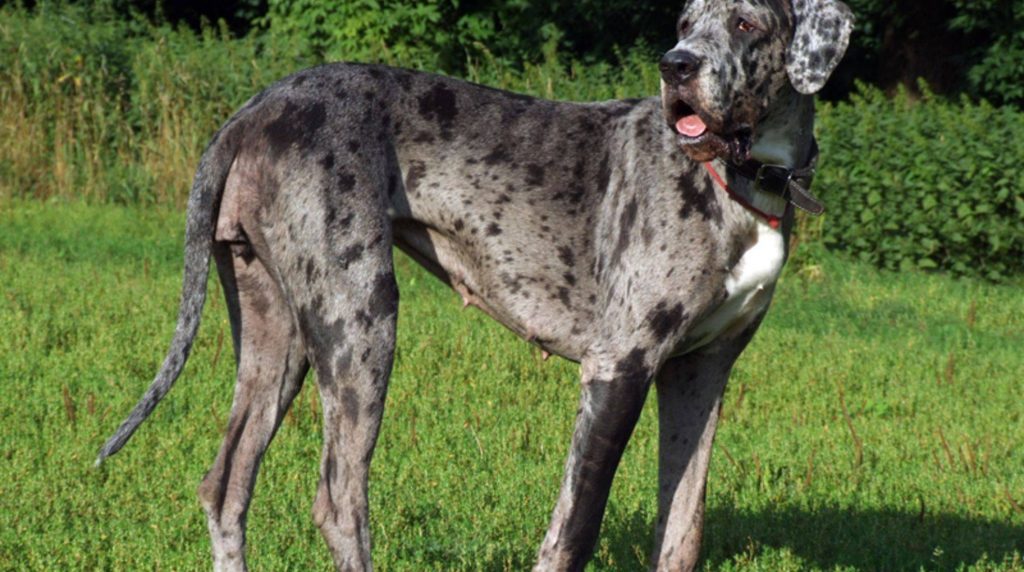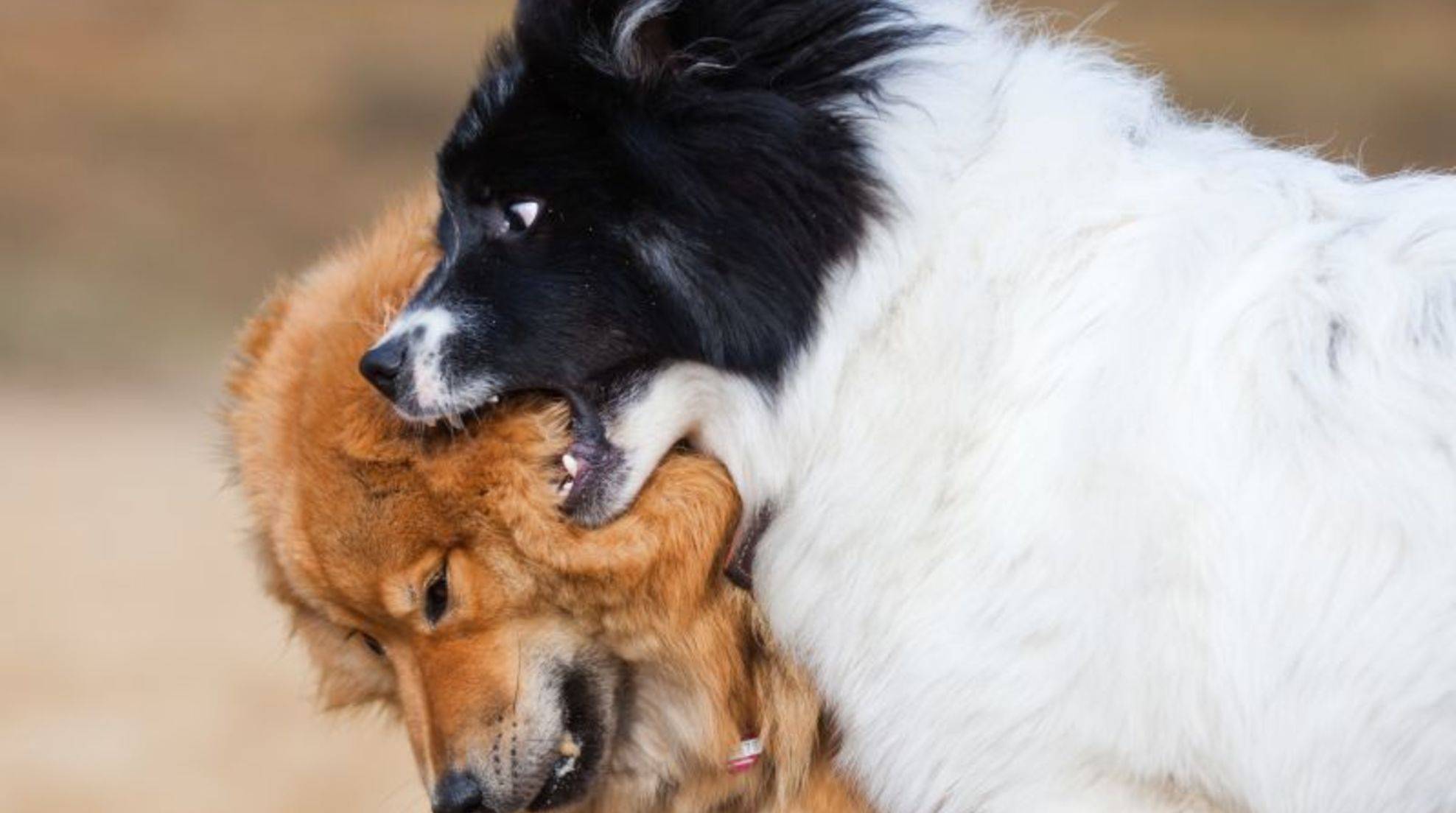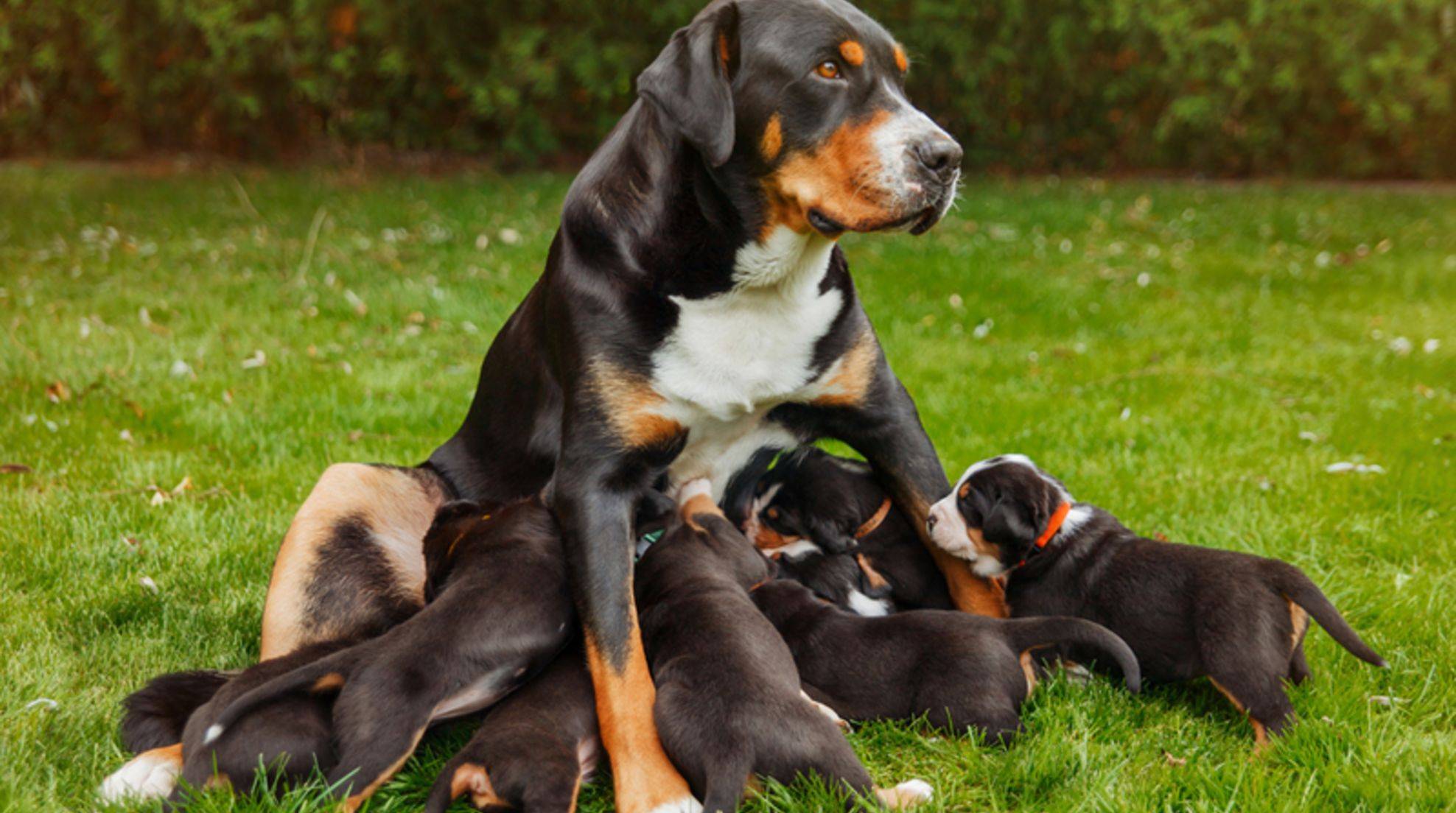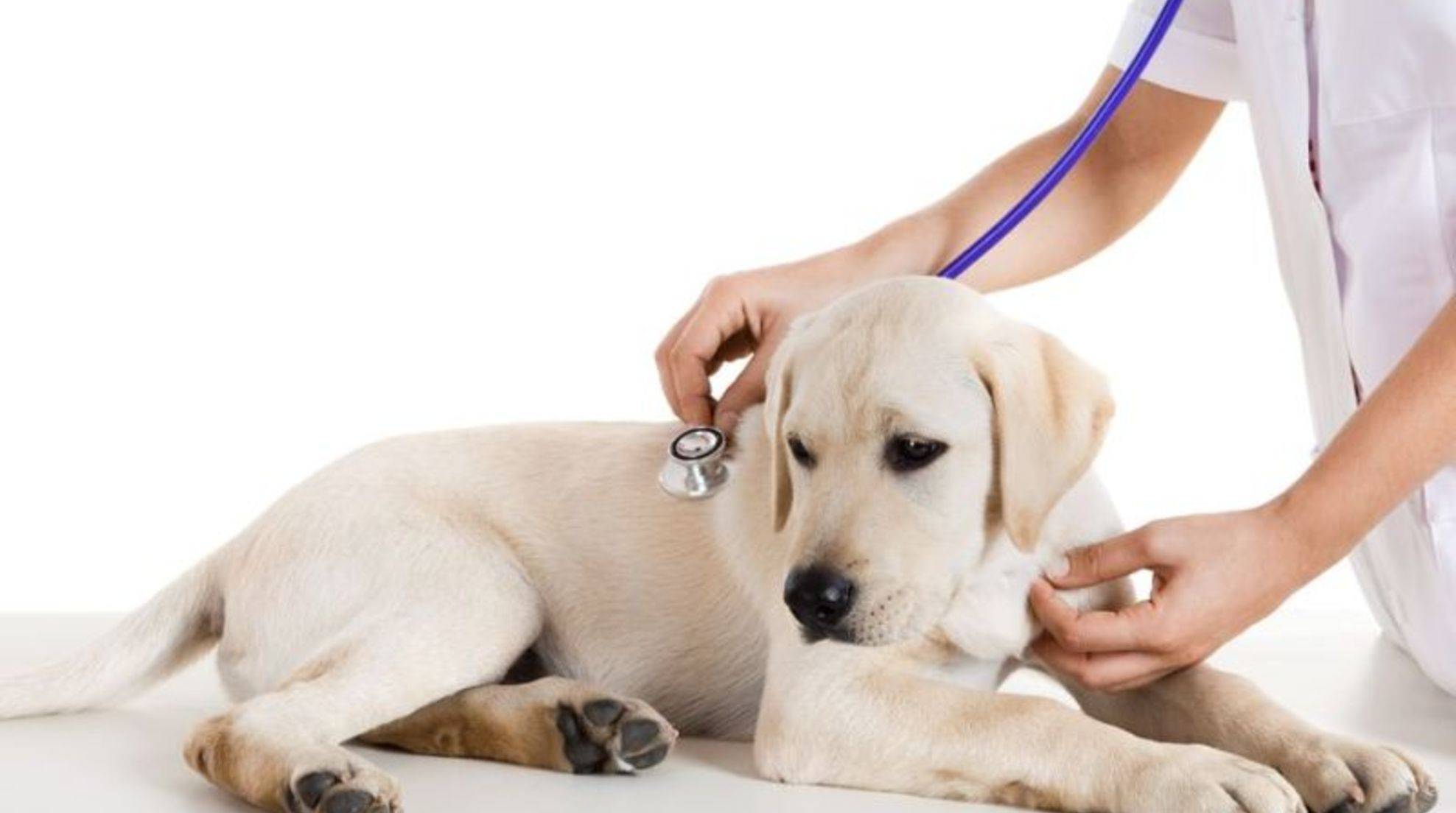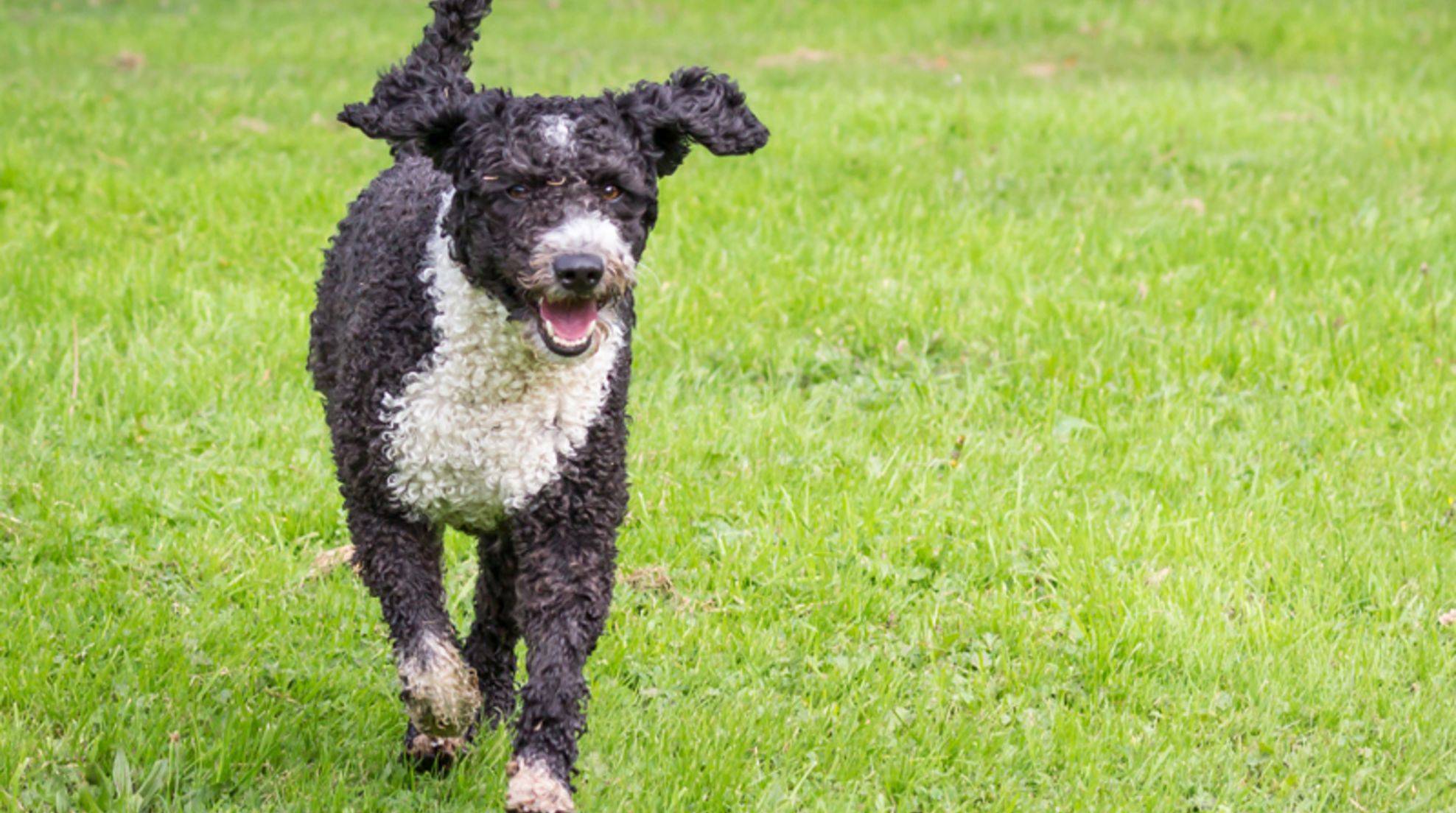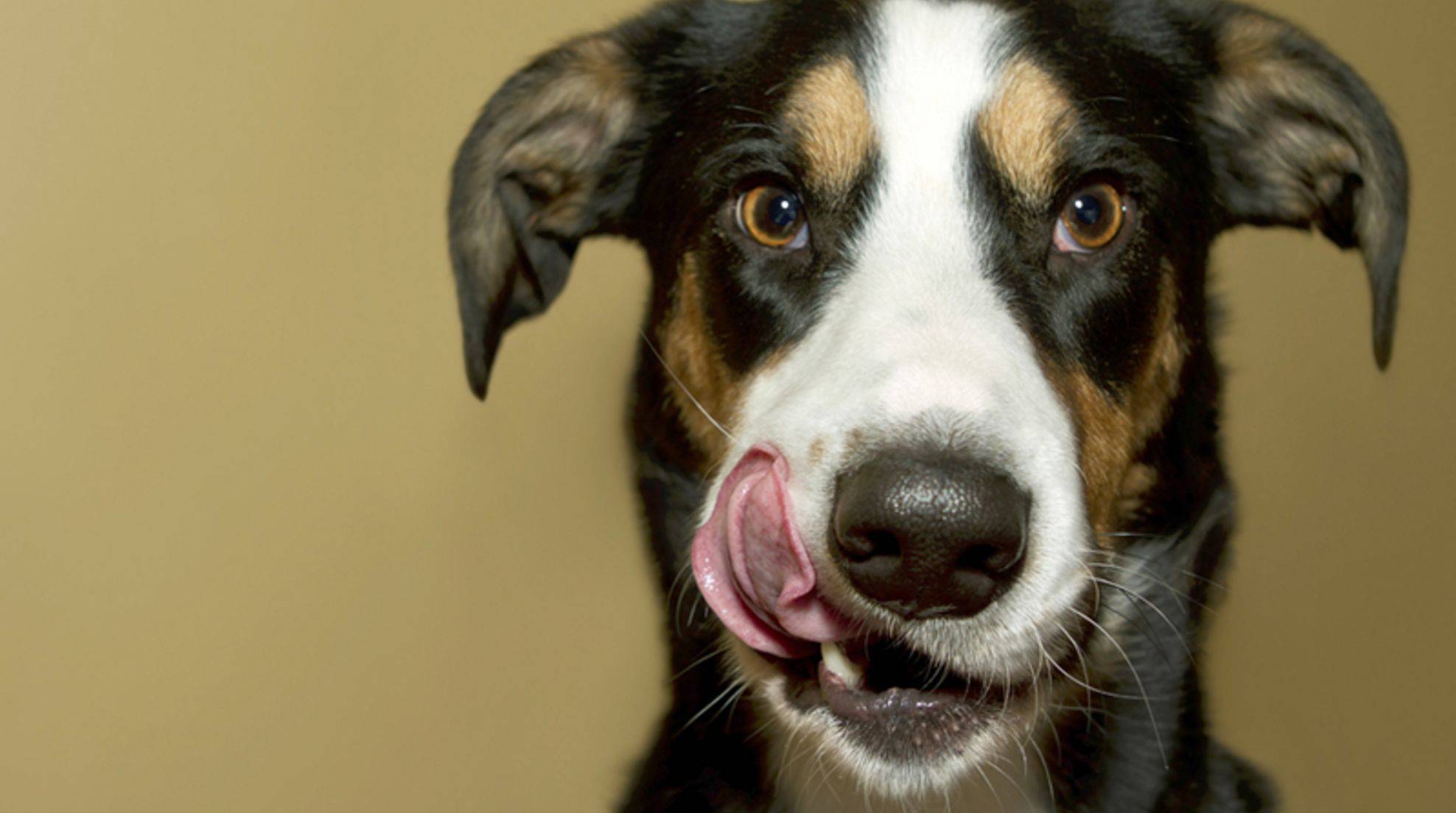Great Dane and Great Dane: What is the difference?
Are the Great Dane and the Great Dane the same breed? To answer the question about a possible difference, we need to look at the history of the animals.
The Great Dane, as we know it today, goes back to the Roman Mastiffs from ancient times. Then in the 16th century, the Irish Wolfhound was crossed in. Great Danes were mainly used as hunting dogs.
Great Dane: breed history
The first German Dog Show took place in 1863 – there dogs of the breeds Danish Mastiff and Ulmer Mastiff were presented. The first type, also called “Great Dane” (English: Great Dane), usually came from Denmark and northern Germany. The Ulmer Dogge, on the other hand, originally came from the southern German area in and around Baden-Württemberg.
In 1880, a new summary breed name was introduced: the Great Dane. In Germany, this term is still recognized today, while in the USA, England and Scandinavia, for example, the name “Great Dane” is used.
Great Dane: difference from the German variety
Before attempting a “Great Dane vs. Danish Mastiff” distinction, it’s important to realize that both dog breeds trace back to common roots. It was less than 200 years ago that the lines were separated.
To make the distinction easier, the name “Broholmer” was finally adopted as the official name of the Great Dane a few years ago. It goes back to Broholm Castle on the Danish island of Funen, where Count Sehested of Broholm did much to preserve the breed. Because the Great Dane enjoyed greater popularity, the Great Dane was in danger of extinction for a long time. Even today, the animals are rather difficult to get, only a few breeders have devoted themselves to the beautiful quadrupeds so far.
In both breed standards, there are differences despite the relationship: the Great Dane and the Danish Mastiff each have different color specifications, which are necessary for official recognition. For example, Great Danes are usually blue or yellow. Great Danes, on the other hand, can have a variety of colorations and can also be bicolored spotted.
Great Dane and Danish Mastiff: size and weight in comparison
Great Danes are among the largest recognized dog breeds, with males easily growing up to 90 centimeters tall and weighing up to 90 kilograms. Females of the breed are also very large, reaching up to 84 centimeters in height and also up to 90 kilograms. The head usually turns out beefy with a rather short muzzle and long lips.
Broholmers or Great Danes are again somewhat more athletic and less massive compared to their German relatives. Males usually grow to be about 75 centimeters tall and weigh around 60 kilograms, while females are somewhat smaller and lighter. Their heads are also usually smaller and more delicate than those of their larger relatives.
Diseases: Great Danes are usually healthier
Due to the fact that for a long time mainly the Great Dane was bred and “optimized”, these animals unfortunately have significantly more breeding-related diseases than Great Danes. Thus, cancerous diseases, heart muscle diseases and gastric torsion are among the typical diseases of the Great Dane breed. Wobbler syndrome is also particularly common in Great Danes. This is a set of symptoms caused by nerve damage in the spinal cord or spinal cord nerves of the cervical spine.
In addition, spondylosis, a degenerative change of the spine, may occur. In addition, the large animals often suffer from hip dysplasia and other diseases, which is reflected overall in the relatively low life expectancy of six to eight years.
Broholmers and Great Danes, respectively, on the other hand, are more likely to suffer from eye and heart diseases. Hip and elbow dysplasia can also occur, as well as gastric torsion, which is typical for large dog breeds as a whole. Apart from this, however, the animals belong to the very healthy breeds and can easily live ten years and older.
Character: Great Dane and Great Dane differ little
With the slight optical peculiarities and the different susceptibility to disease, the differences between Great Danes and Great Danes but basically already end. In terms of character, the animals are usually very close to each other. Both breeds are considered to be extremely calm and balanced. Good nature and kindness, a calm temperament – also when dealing with children – with simultaneous alertness make the animals popular family dogs.

